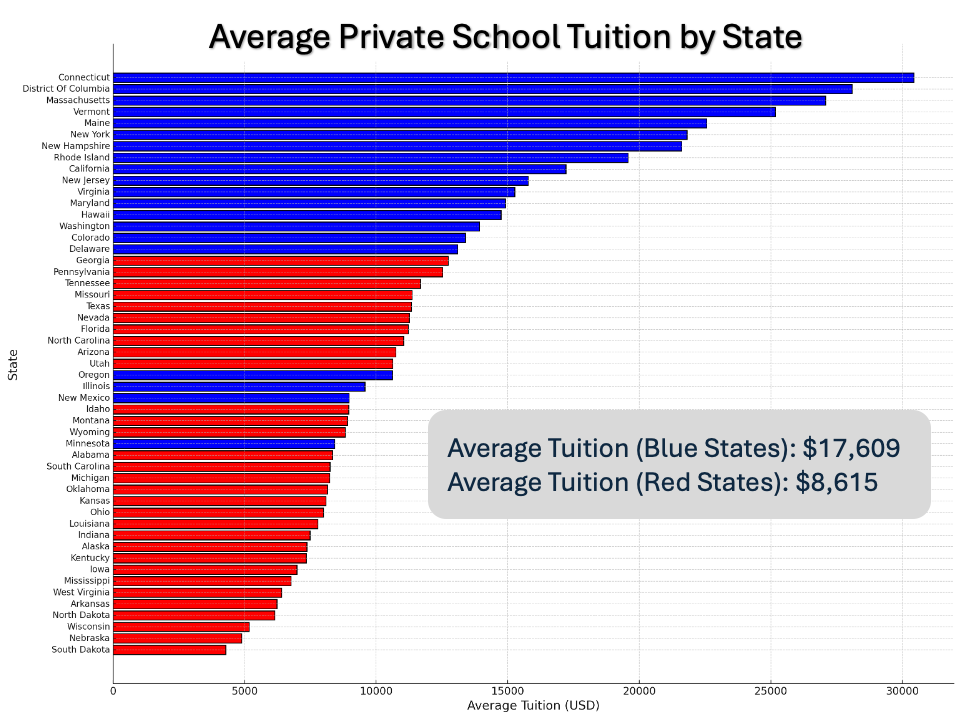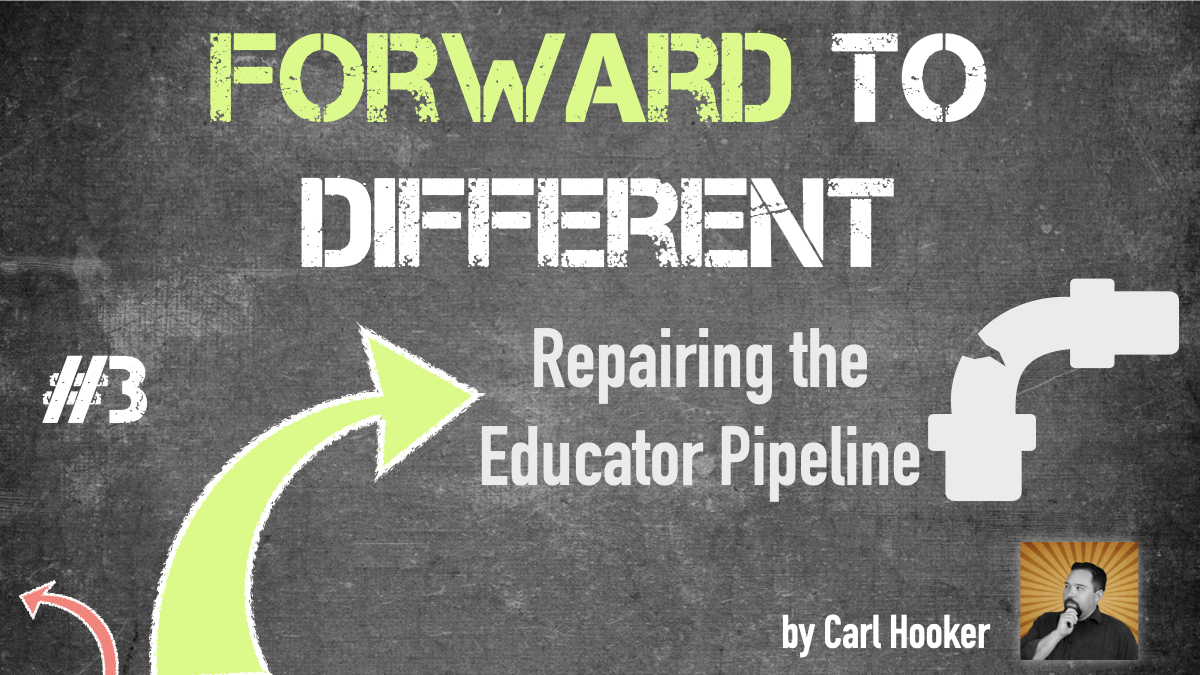Like It or Not, Choice is Coming…

The debate over school choice doesn’t feel much like a debate anymore, especially with Linda McMahon poised to step in as the next Secretary of Education. Trump’s proposal to expand school choice underscores a longstanding conservative goal: giving parents more control over their children’s education through mechanisms like vouchers or tax credits. Whether you support or oppose these ideas, one thing is clear—change is coming. The question is, how will you lead through it?
School choice remains a lightning rod issue. It has far-reaching implications for equity, parents’ rights, and even the role of the public school board, which has to date been the driver of local educational priorities. At the heart of the discussion are two key mechanisms:
- Vouchers, which allow families to redirect public funds to private schools.
- Tax credits, which incentivize private donations to support school choice initiatives.
While both aim to put control more directly in parents’ hands, they take different approaches to reshaping how education is funded—and who benefits.
In red states, where these proposals are likely to find strong support, the shift could lead to significant changes in federal education funding. These states currently benefit more from federal dollars, receiving $1.30 for every $1.00 paid in federal taxes. But with school choice policies, those same states may experience larger reductions in public school funding—up to 14% in some cases. This would directly impact programs that support disadvantaged students. Meanwhile, parents in these states would gain greater access to discretionary funds for private schooling through vouchers or tax credits.
The scenario for blue states is slightly different, with public schools there at risk of losing up to 11% in federal funding and parents receiving proportionally fewer credits or voucher dollars. Interestingly, private school tuition in blue states is significantly higher than in red states, with the implication that fewer credit/voucher dollars will have a significantly less value than in red states.
For public schools everywhere, this points to a more competitive landscape with fewer resources, even as families gain new opportunities for alternative education.
Key Questions for Educational Leaders
For Public School Leaders: How will you adapt to potential funding cuts while maintaining equitable access to student services, nutrition programs, extracurricular activities, and athletics?
For Private School Leaders: If these policies bring an enrollment surge, how will you scale operations, manage budgets, and recruit staff to meet the needs of a potentially more diverse student population?
For All Education Leaders: How are you engaging your community—parents, teachers, and other stakeholders—to build consensus and prepare for changes in funding, enrollment, and equity?
The Time to Lead Is Now.
Navigating these shifts won’t be easy. Whether you see school choice as a challenge or an opportunity, visioning and planning are essential. Engage your community. Reassess your funding models. Prepare for changes in student demographics. The choices we make today will shape the future of K-12 education tomorrow.
Lots of change is on the horizon—and it’s getting closer every day.
#k12leadership #schoolchoice #vouchers #lindamcmahon
Posted by: Mike Bronder
Recommend0 recommendationsPublished in K12Voices, Leadership Voices, State of Education



Responses